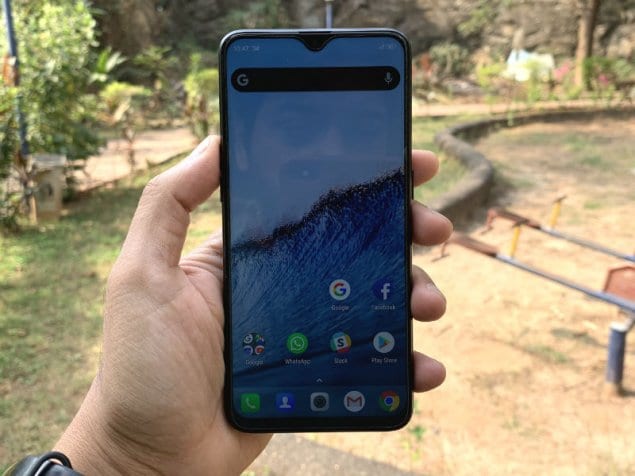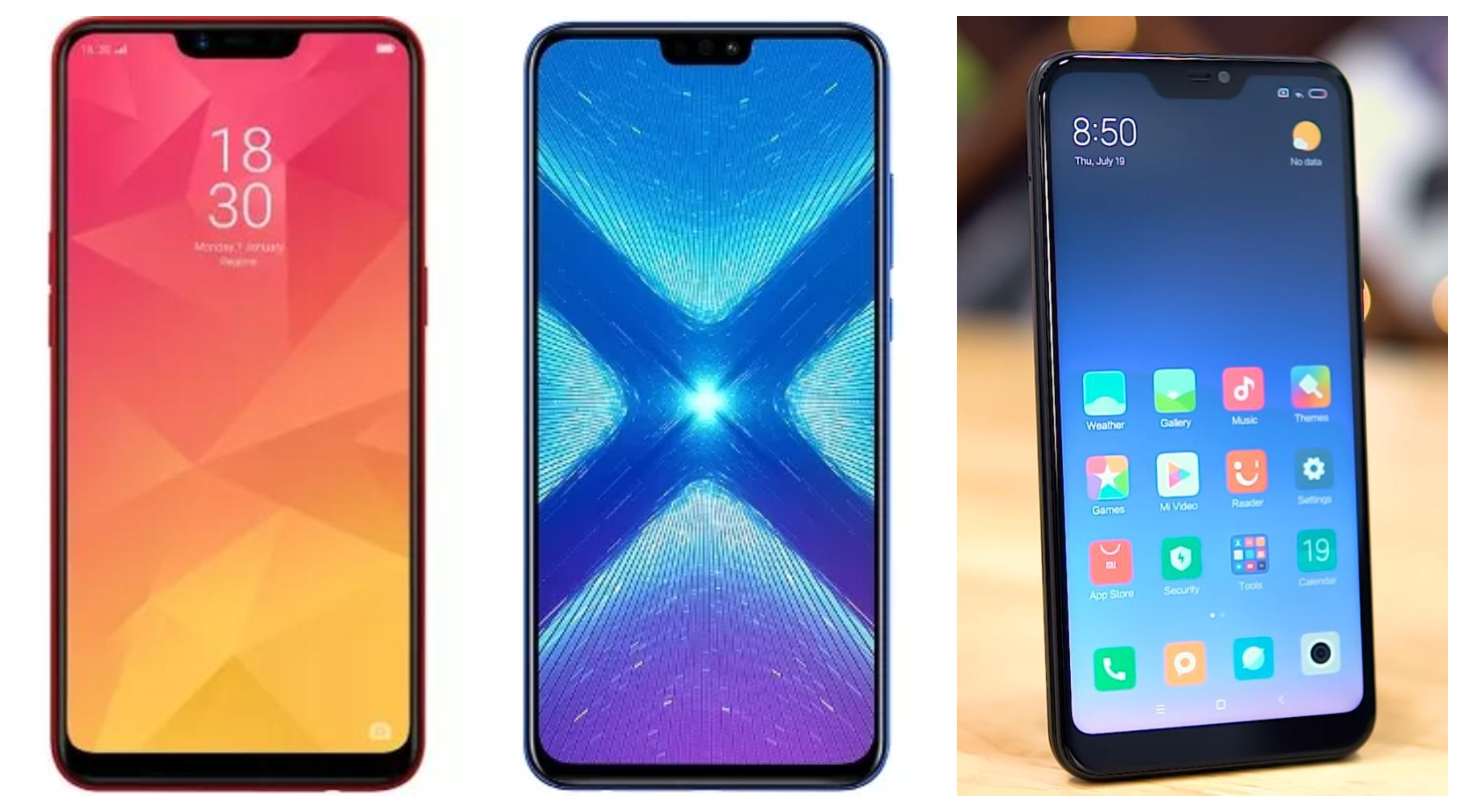Realme finally launched its most awaiting smartphone Realme U1 which propel to be the first smartphone to sports Meditek Helio P70. While the company mostly focused on the camera department with such a low price segment it is providing incredible specs and features packed phone that is definitely want to rule over all the Xiaomi midrange smartphones. Back in May the company came as subbrand of Oppo and unveiled its first smartphone and it came with four midrange smartphones which took the company’s pride up in this competitive Android era.

The new smartphones look similar to the Realme 2 Pro with key changes in its camera and specifications priced at Rs 11,999 onwards. Here we bring you the comparison details of Realme U1 with the Honor 8X and Xiaomi Redmi Note 6 Pro to help you choose the best sub-Rs 15,000 smartphones to buy today.
Price and Availability: Realme U1 vs Honor 8X vs Xiaomi Redmi Note 6 Pro
To be true, Realme U1 is the most affordable of the three devices that are priced at 11,999 on its base variant 3GB RAM +32 GB storage variant. However, the Honor 8X starts at Rs 14,999 and the Xiaomi Redmi Note 6 Pro starts at Rs 13,999, but both of these phones come with 4GB of RAM and 64GB of storage on the entry-level option. The Realme U1 does have a 4GB + 64GB option as well, which is priced at Rs 14,499.

Both Realme U1 and Honor 8X are available to buy on Amazon India, while the Xiaomi Redmi Note 6 Pro can be purchased on Flipkart.
Design and Display: Realme U1 vs Honor 8X vs Xiaomi Redmi Note 6 Pro
All the three smartphones sport the notched display with different designs. The Realme U1 has the smallest notch, with a waterdrop-style design on a 6.3-inch full-HD+ screen. The Honor 8X has the largest screen here at 6.5 inches, but a slightly larger regular notch. The Xiaomi Redmi Note 6 Pro has the widest notch of the three phones here, with a screen size of 6.26 inches.
On the outer cover, The Xiaomi Redmi Note 6 Pro features a classic metal build, while the Honor 8X sports a glass build at the back along with a metal frame. The Realme U1 has a glass-like polycarbonate back that adds a glossy effect to the device. On this, the REalme U1 doesn’t give premium as the rest.
Specs: Realme U1 vs Honor 8X vs Xiaomi Redmi Note 6 Pro
Coming to specifications, more or less all these three devices sports the same. despite the three difference SoCs powering the phones. At the heart, The Realme U1 is powered by the new MediaTek Helio P70 SoC, which is considered on par with the Qualcomm Snapdragon 660 chipset. The Honor 8X uses the HiSilicon Kirin 710 chipset, while the Xiaomi Redmi Note 6 Pro sports the oldest SoC here, the Qualcomm Snapdragon 636.
On memory configurations, The Realme U1 starts with 3GB of RAM and 32GB of internal storage, while the other two phones here sport 4GB of RAM and 64GB of storage on their base variants. Xiaomi offers up to 6GB of RAM, while the Honor 8X comes with up to 6GB of RAM and 128GB of internal storage. Compared to three devices, Xiaomi Redmi Note 6 Pro has the largest battery that bears a 4,000mAh unit under the hood, while the Honor 8X and Realme U1 have 3,750mAh and 3,500mAh batteries respectively. Expandable memory option is there for three devices.
Camera: Realme U1 vs Honor 8X vs Xiaomi Redmi Note 6 Pro
The camera in a phone matters a lot in today’s life.where all the three phones bears different camera options. The Realme U1 features a 25-megapixel front camera as it focuses on better selfies, along with a 13-megapixel + 2-megapixel dual-camera setup at the rear that also features AI capabilities.
The Honor 8X also features a dual-camera setup at the back with a 20-megapixel + 2-megapixel combination along with a 16-megapixel front camera, while the Xiaomi Redmi Note 6 Pro sports a 12-megapixel + 5-megapixel rear camera setup. At the front, the Xiaomi Redmi Note 6 Pro has a distinct advantage over the Honor 8X and Realme U1, thanks to a dual-camera setup with a 20-megapixel + 2-megapixel camera combination.




